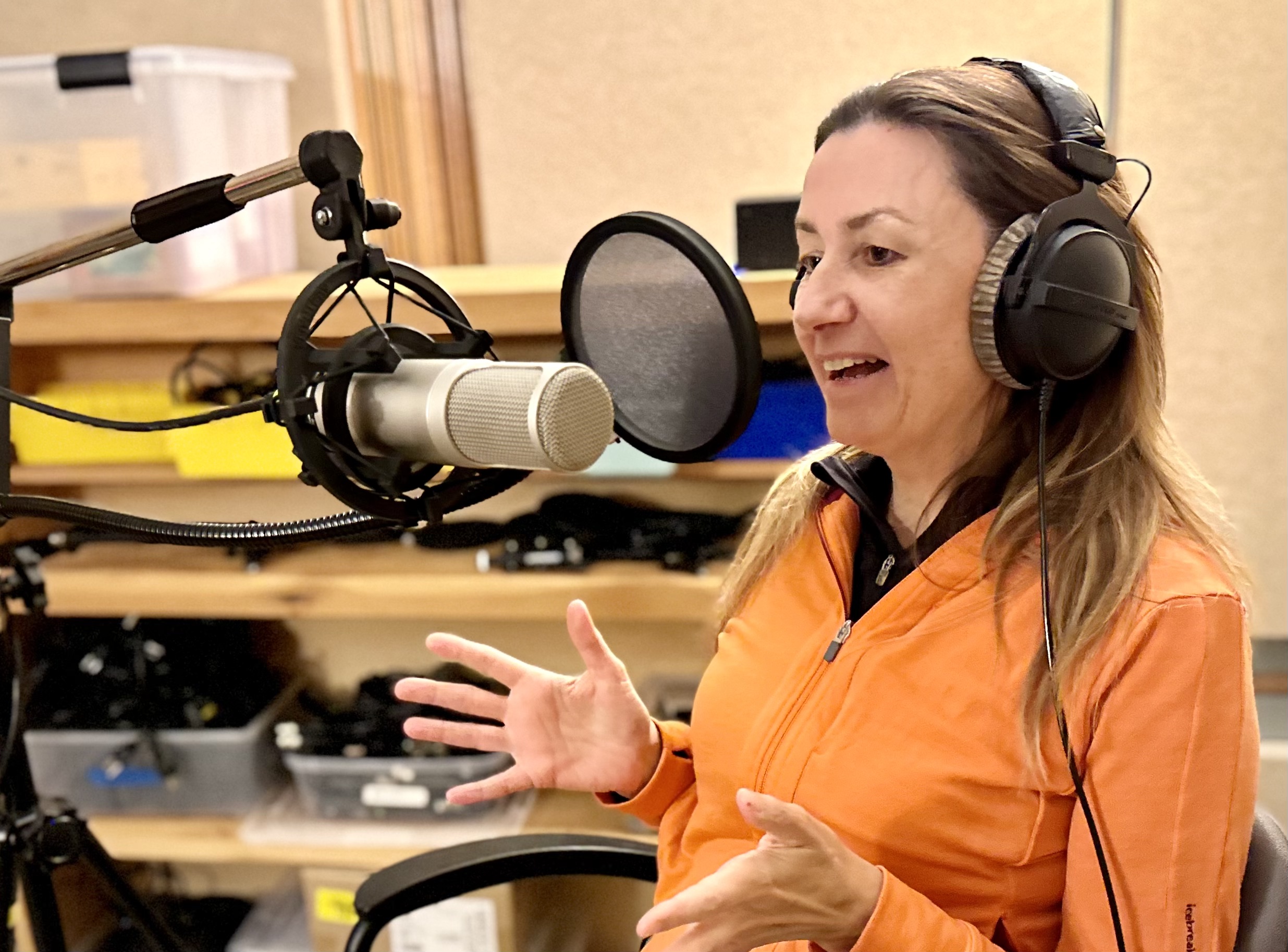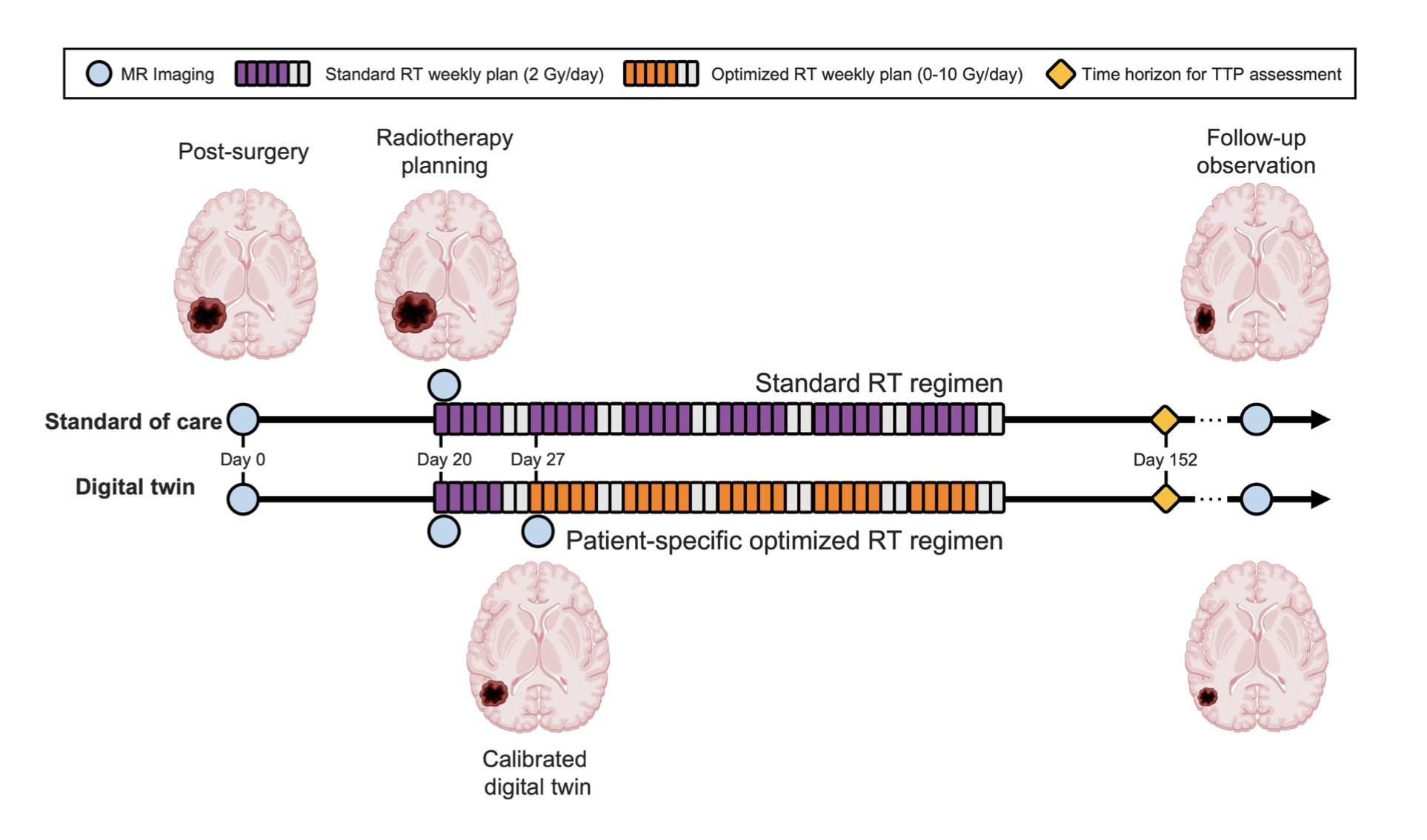Imagine being an astronaut on the Apollo 13 mission, launched on April 11, 1970, when an oxygen tank onboard explodes, sending the mission into chaos, coining the popular iteration of the famous phrase, “Houston, we have a problem.” To get the astronauts safely back home, NASA’s mission control teams fed data from the real spacecraft 200,000 miles from Earth into simulators to replicate what was happening aboard the aircraft. This scene, reenacted in the 1995 movie Apollo 13, helped NASA predict and execute the return of the astronauts back to Earth.
What does the above have to do with digital twins? The Apollo 13 mission, recalled by National Public Radio’s (NPR) host Manoush Zomorodi during her recent interview with Karen Willcox, Director of the Oden Institute for Computational Engineering and Sciences at The University of Texas at Austin, provides an early and relatable use of the ideas underlying digital twin technology.
Zomorodi, host of NPR’s TED Radio Hour, described digital twins as the modern digital version of NASA's physical simulators from the Apollo 13 days. The concept behind the term ‘digital twin’ isn’t new, having been in use for decades in aerospace engineering and weather forecasting. However, advances in computation are opening potential uses across disciplines not previously imagined.
Willcox, whose own TED Talk on digital twins debuted on TED.com in September 2023, was one of several guests featured on the TED Radio Hour Feb. 9, in an hour-long episode titled “Doppelgangers.” The episode featured four guests including Willcox, on topics from “our online mirror world to digital simulators, to the Earth's twin."

